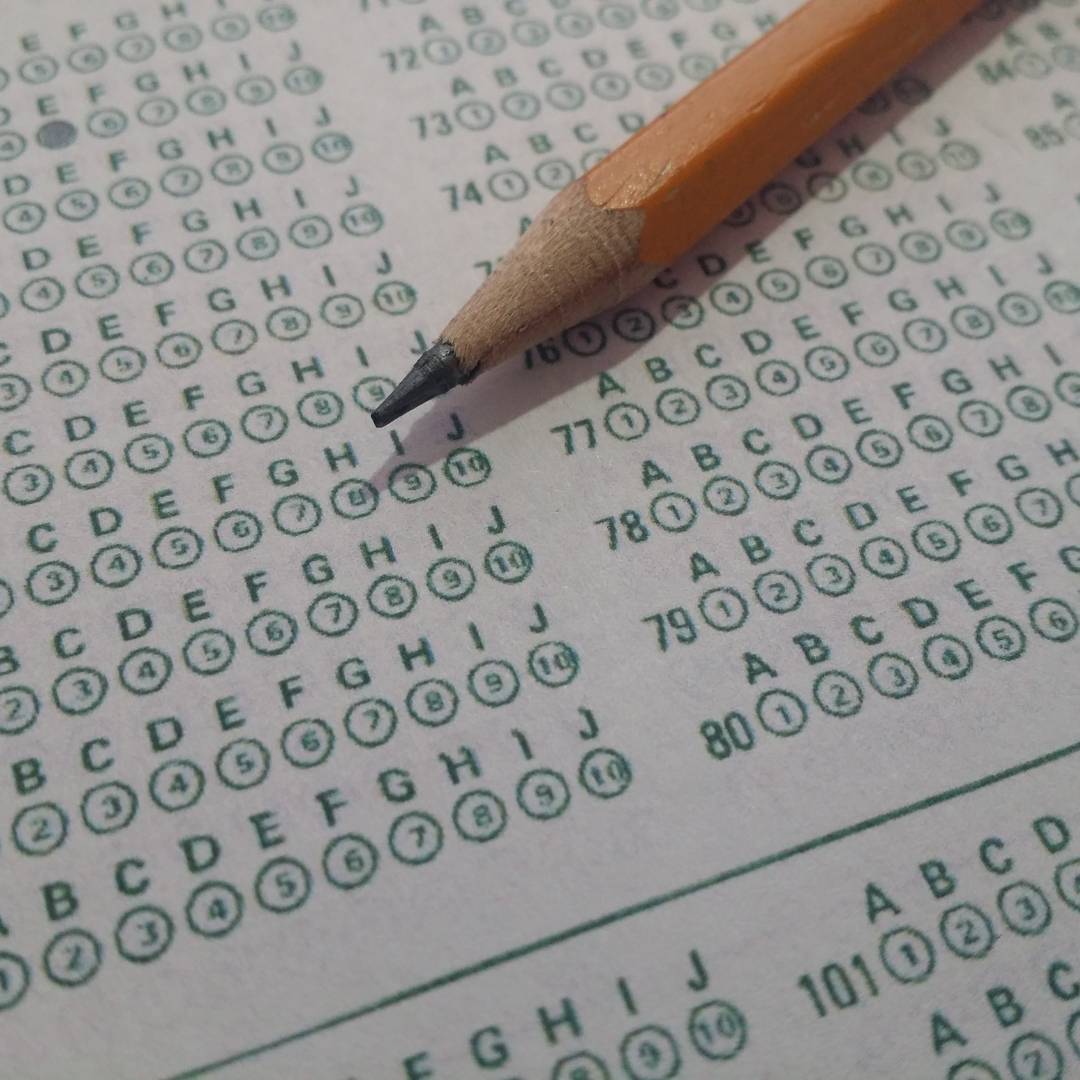EHS students took the online ACT and PreACT during school March 26.
Following two changes to the standardized testing this year, testing day was different for both students and proctoring teachers. The SAT was exchanged for the ACT, and testing was solely online. This caused multiple issues within the system.
According to English teacher Lindsay Loesche, the main problem that affected most teachers had to do with the student login information. Teachers passed out the logins to students at the beginning of the hour, but were later informed over the announcements that the logins were incorrect.
“We were told that ACT had changed the passwords for everybody,” Mrs. Loesche said. “We had to wait until they could get new login information printed out, so we just kind of sat there twiddling our thumbs.”
Since the information was invalid, an administrator contacted ACT while teachers tried to figure out a solution to the problem, social sciences teacher Jill Gibson said.
This waiting period also delayed the start of testing, pushing back lunch and the remainder of the school day.
“It basically just delayed everybody getting started,” Mrs. Gibson said.
According to Mrs. Loesche, her testing group got delayed about 15 minutes, which wasn’t bad compared to the starting times of other classrooms.
While some issues were ACT specific, others pertained to online testing as a whole. One problem that occurred for social sciences teacher Kevin Paur was that the digital program continuously kicked students who finished early out of testing.
“For some reason, ACT would constantly exit these kids out of the program,” Mr. Paur said. “I had to keep going through and hitting the resume button so that they were allowed to log back in. That was a pretty big issue.”
All three teachers interviewed prefer proctoring the SAT over the ACT for many reasons, mainly because of the program itself.
“The SAT was much smoother because the platform and software works a lot better,” Mrs. Gibson said. “The platform ACT uses is not nearly as user-friendly, especially if you don’t have experience with it every day.”
Mr. Paur agrees that while the SAT was easy to learn how to use, the ACT was confusing and hard to set up.
Some teachers, such as Mrs. Loesche, were disappointed when they were informed of the school-wide transition to the ACT.
“We were all very excited to do [the SAT] again this year,” she said. “And then we all found out we weren’t doing it again this year.”
While the problems didn’t directly take away from testing time, some students, such as junior Jack Zickus, feel they would have performed better without the interference.
“It was just annoying because I was pretty focused before the test was about to start,” Zickus said. “After waiting, I wasn’t really locked in.”
Zickus believes that without these initial distractions, he would’ve started the test at a faster pace and potentially received a better score.
All these problems not only affected the proctoring teachers, but also the students taking the standardized test.
“This was an obvious problem with ACT,” Mr. Paur said. “I don’t think any of these problems were a result of someone at Edwardsville.”


